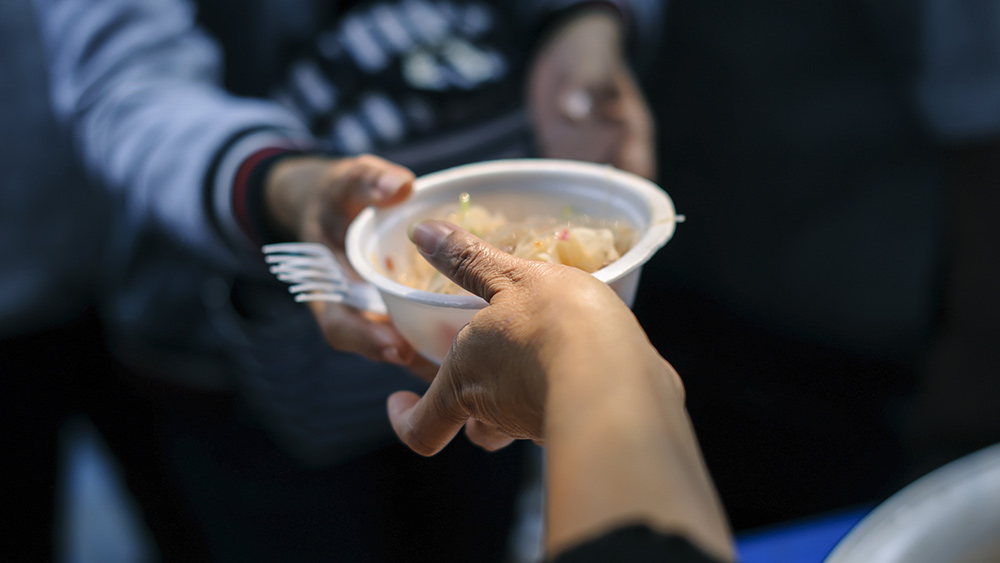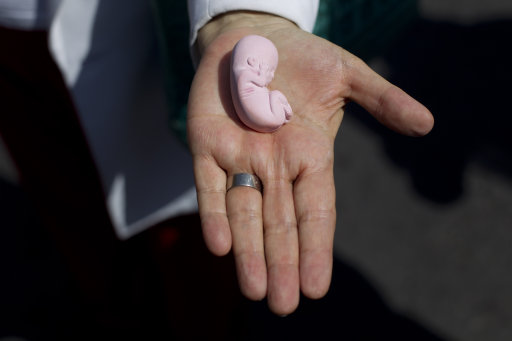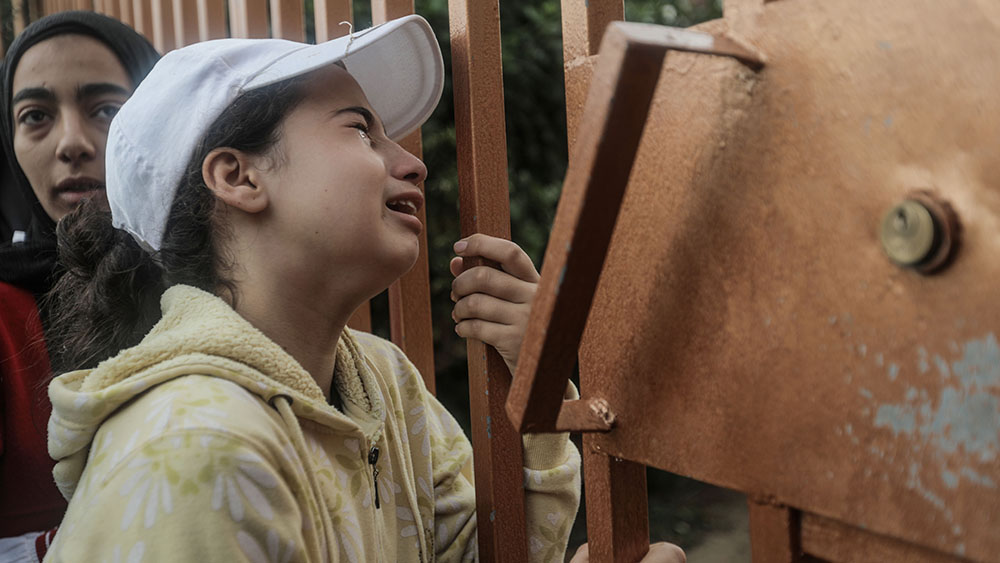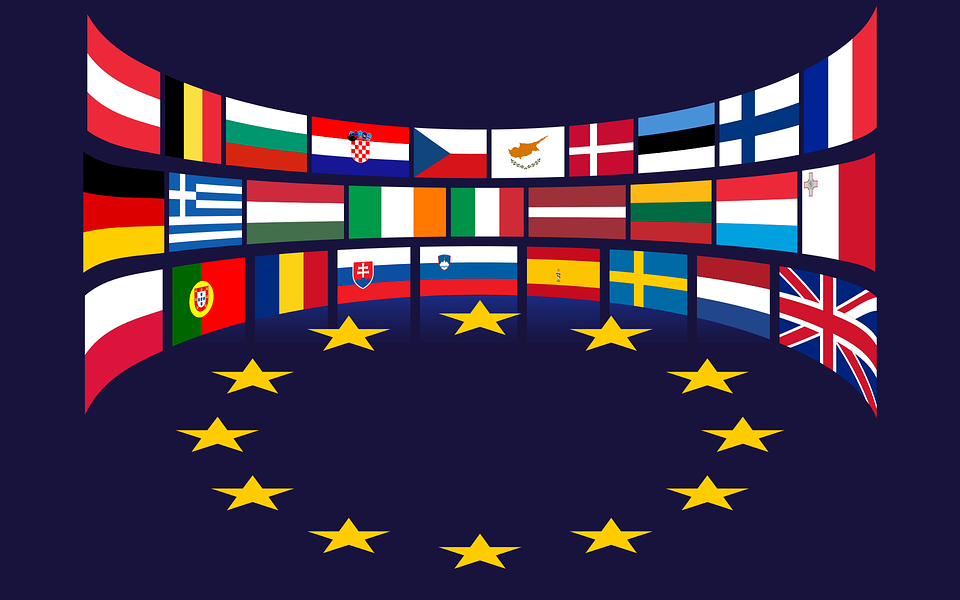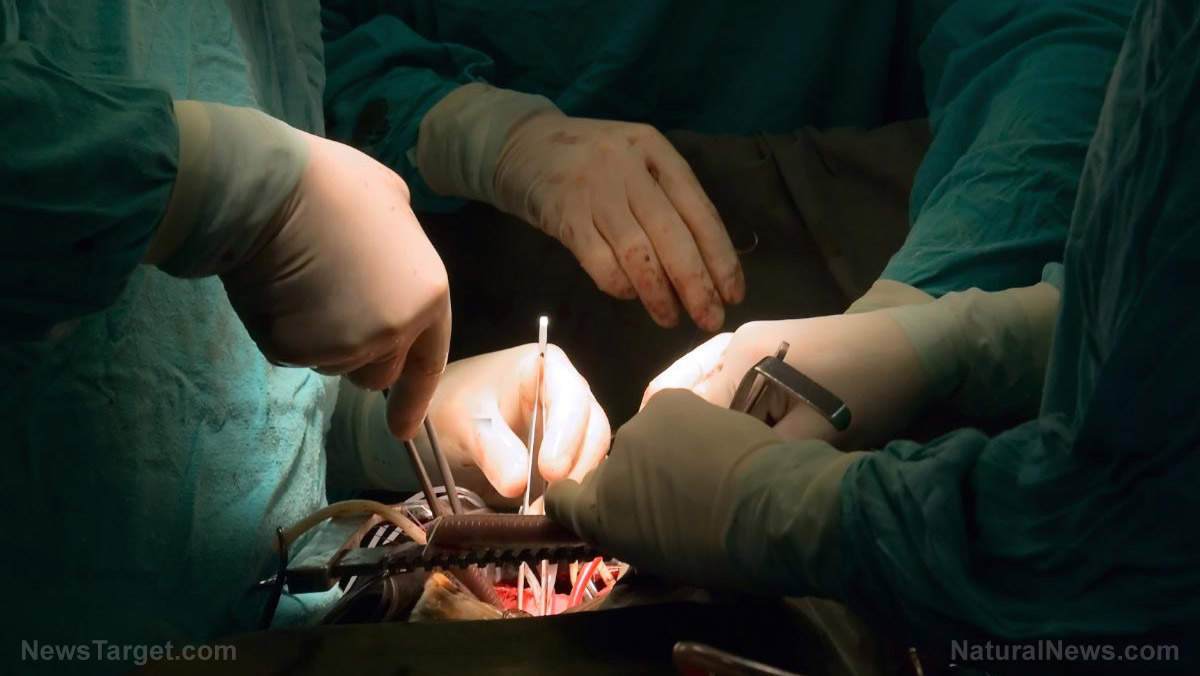California wild hogs turn NEON BLUE, exposing hidden dangers of pesticide contamination
08/08/2025 / By Ava Grace
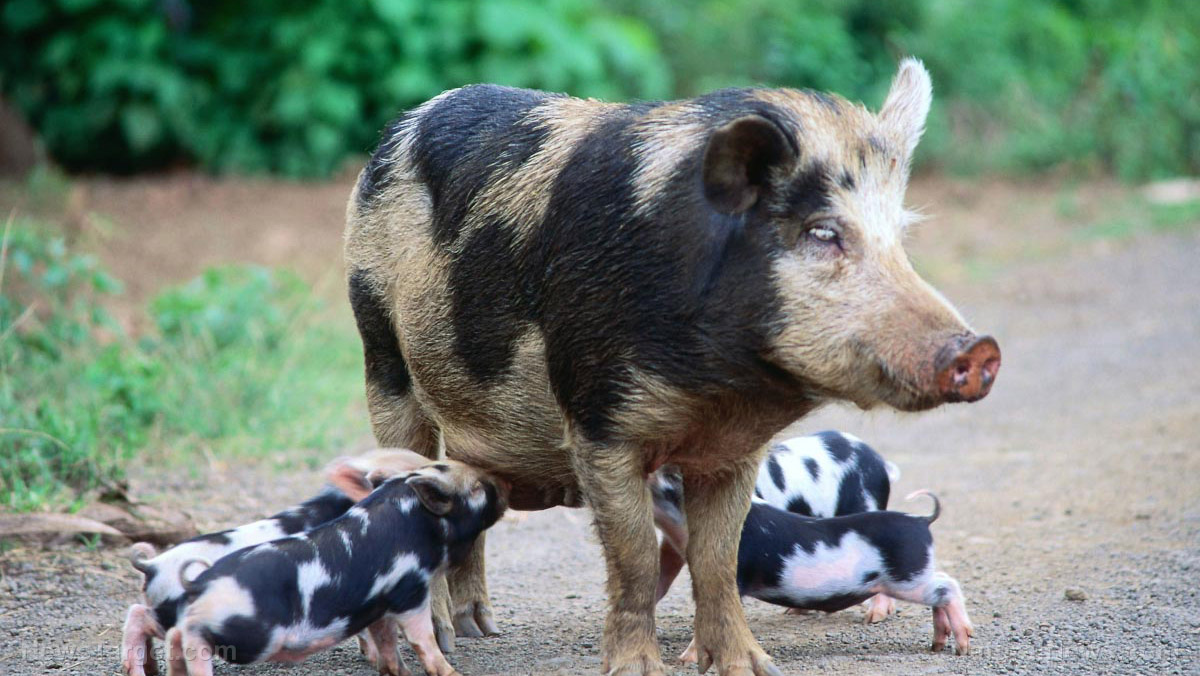
- Wild pigs in Monterey County, CA, exhibit bright blue flesh due to ingesting diphacinone, a blue-dyed anticoagulant rodenticide, raising concerns about food chain contamination.
- The poison spreads through the food chain, affecting not only pigs but also bears, geese and aquatic life, with studies showing high contamination rates in wildlife.
- Hunters and low-income communities face health risks, as contaminated game meat poses secondary poisoning threats; officials warn against consuming blue-tinged tissues.
- Regulatory gaps and pesticide misuse exacerbate the issue, with inconsistent enforcement and leaching into ecosystems despite restrictions on rodenticide use.
- Calls for systemic changes include better bait station security and alternative pest management, but without action, the ecological crisis could worsen.
In a bizarre and alarming discovery, wild pigs across California’s Monterey County have been found with bright blue flesh – a direct result of ingesting rat poison-laced pesticides.
The blue discoloration in the pigs’ tissues comes from diphacinone, an anticoagulant rodenticide that prevents blood clotting – leading to internal bleeding. The poison is often mixed with bright blue dye to deter accidental human consumption. But wild pigs, who are omnivorous scavengers, have been consuming it either directly from bait stations or through poisoned prey like mice.
Not all contaminated pigs display the vivid blue hue, as the discoloration depends on the timing and amount of exposure. However, when present, the effect is striking. One wildlife expert described the coloration as “neon blue” or “blueberry blue.”
California’s wild pig population, a hybrid of feral boars and domestic swine, spans 56 of the state’s 58 counties. These animals are notorious for their destructive foraging habits, which now include consuming toxic bait meant for smaller pests.
State wildlife officials warn that this contamination could extend to other game animals, including bears and geese, raising serious concerns about food safety and environmental mismanagement. The issue, first reported in March, underscores the unintended consequences of pesticide use in agricultural regions, where chemicals designed for rodents are infiltrating the food chain.
A 2018 University of Nebraska study found that eight percent of wild pig tissue samples tested positive for rodenticide residue, while an astonishing 83 percent of bears showed contamination. The poison spreads through the food chain – first affecting aquatic life via pesticide runoff, then predators that consume tainted fish or rodents. (Related: More than 80% of bald and golden eagles in the US have RAT POISON in their systems, study shows.)
Chemical contamination turning California’s wildlife blue
Hunters and low-income families who rely on wild game for food are at risk of secondary poisoning. The California Department of Fish and Wildlife (CDFW) has issued warnings against consuming meat from animals with blue-tinged tissues, urging hunters to report any abnormalities.
Dan Burton, a wildlife control operator who first documented the phenomenon, typically donates pig meat to needy families. Now, he’s forced to discard contaminated carcasses – a stark reminder of how chemical mismanagement disrupts both ecosystems and human livelihoods.
Despite strict regulations limiting diphacinone use to certified professionals, enforcement remains inconsistent. Pesticides often leach into water supplies or are ingested by non-target species, creating a ripple effect of contamination.
The CDFW has called for better protective measures, such as securing bait stations and adopting integrated pest management strategies. Yet, as long as agricultural and residential areas continue heavy pesticide use, wildlife – and potentially humans – will remain at risk.
State officials are expanding investigations into rodenticide exposure among wild game, but the problem is deeply rooted in California’s reliance on chemical pest control. Without systemic changes, neon blue pigs may be just the beginning of a much larger ecological crisis.
Visit Poison.news for more similar stories.
Watch this video about a hidden pesticide that’s killing Americans.
This video is from the 100% Clean Food Lifestyle channel on Brighteon.com.
More related stories:
Groups take action to ban rat poison that ultimately kills wildlife that ingest the rats.
RAT POISON USE has resulted in new “super rodent” rats that are immune to chemical poisons.
Sources include:
Submit a correction >>
Tagged Under:
California, california collapse, chemical violence, chemicals, contamination, Dangerous, diphacinone, Ecology, environ, Monterey County, poison, rat poison, rodenticide, toxins, wild pigs
This article may contain statements that reflect the opinion of the author
RECENT NEWS & ARTICLES
COPYRIGHT © 2017 INSANITY NEWS



